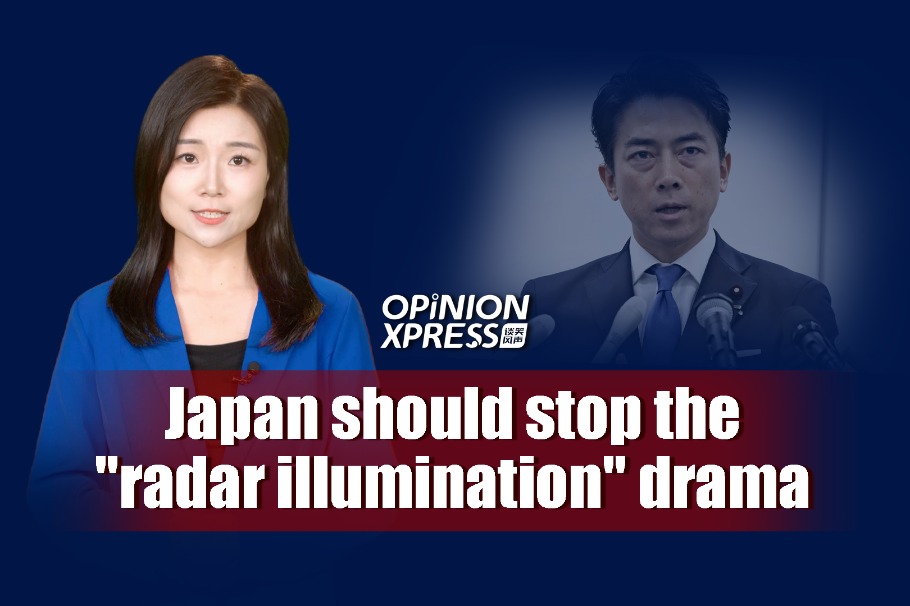Xinjiang's development has been closely related to that of its motherland
Xinhua | Updated: 2019-07-22 10:13

BEIJING - Throughout its long history, the development of Northwest China's Xinjiang Uygur autonomous region has been closely related to that of the motherland.
China is a unified multiethnic country, and the various ethnic groups in Xinjiang have long been part of the Chinese nation, according to the white paper titled "Historical Matters Concerning Xinjiang" released by the State Council Information Office on Sunday.
Hostile forces in and outside China, especially separatists, religious extremists and terrorists, have tried to split China and break it apart by distorting history and facts.
They deny the fact that Xinjiang has been a part of China's territory where various ethnic groups have lived together, many cultures have communicated with each other, and different religions have coexisted since ancient times.
History cannot be tampered with and facts are indisputable. Xinjiang was formally included in Chinese territory in the Han Dynasty (206 BC - AD 220). The unification of multiethnic China was a result of common efforts made by the whole Chinese nation, including the ethnic groups in Xinjiang.
Xinjiang has long been an inseparable part of the Chinese territory. Never in Chinese history has Xinjiang been referred to as "East Turkistan," and there has never been any state known as "East Turkistan." The advocacy of this so-called state has become a political tool and action plan for separatists and anti-China forces attempting to split China.
History justifies itself and tells the truth. The Uygurs are not descendants of the Turks. Some Pan-Turkism advocates with ulterior motives have described all peoples of the Turkic language family as "the Turks," confusing a language family with an ethnic group.
Xinjiang now has multiple religions, including Islam, Buddhism, Taoism, Protestantism, Catholicism, and the Eastern Orthodox Church. The history of Xinjiang shows that the region's religious structure is characterized by blending and coexistence, with one or two predominant.
The region is experiencing its most auspicious period of development and prosperity. Hostile foreign forces and separatist, religious extremist and terrorist forces that have colluded to distort history and tamper with facts run counter to the trend of our times and will be cast aside by history and the people.
Xinjiang belongs to all ethnic groups in the region and the country. With the support of the whole country and its people, and the efforts of all ethnic groups in the region, Xinjiang will embrace an ever better future.
























